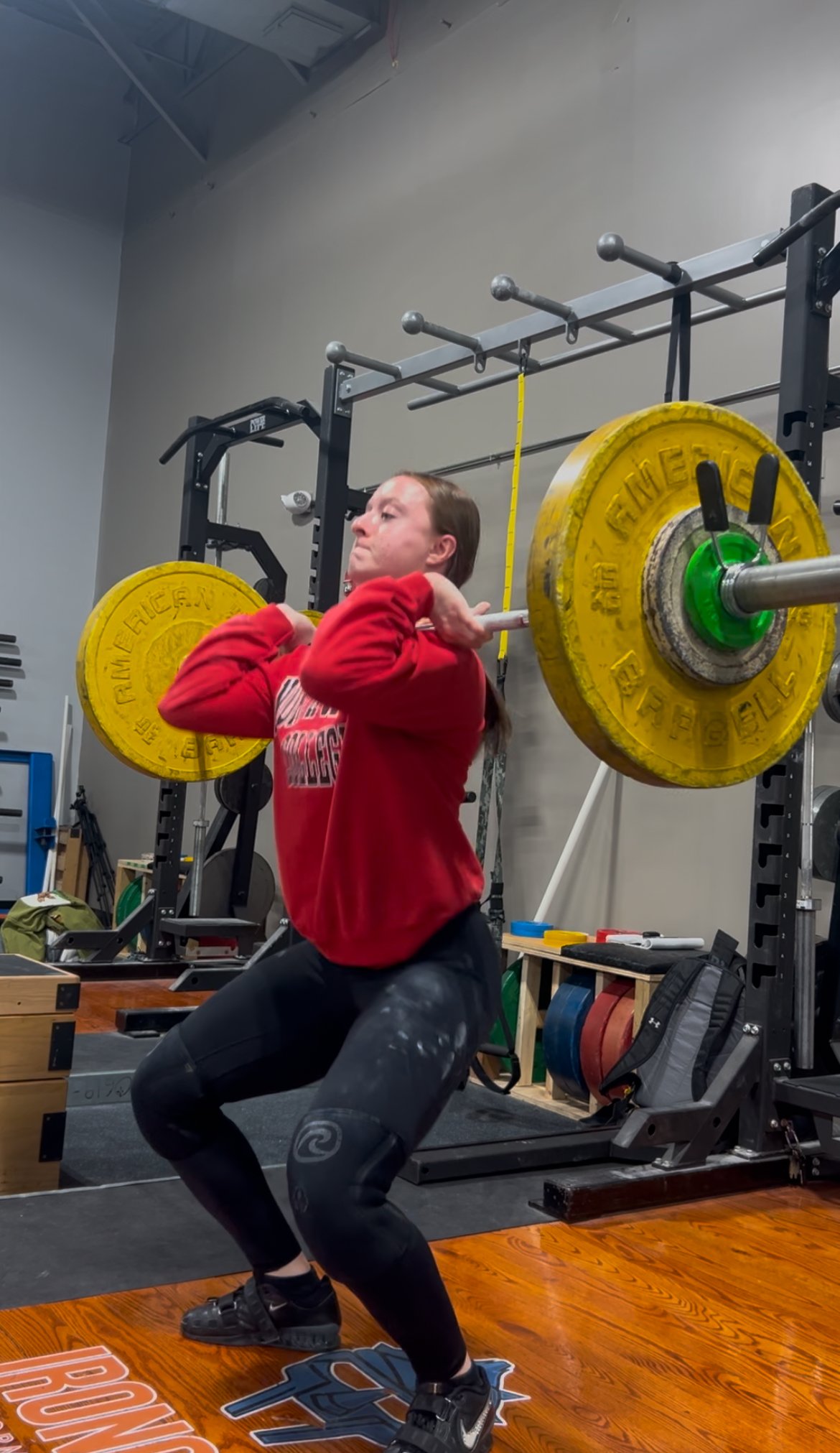
If you play sports, you need an S&C program.
If you play sports, being on a comprehensive strength and conditioning program is a no brainer.
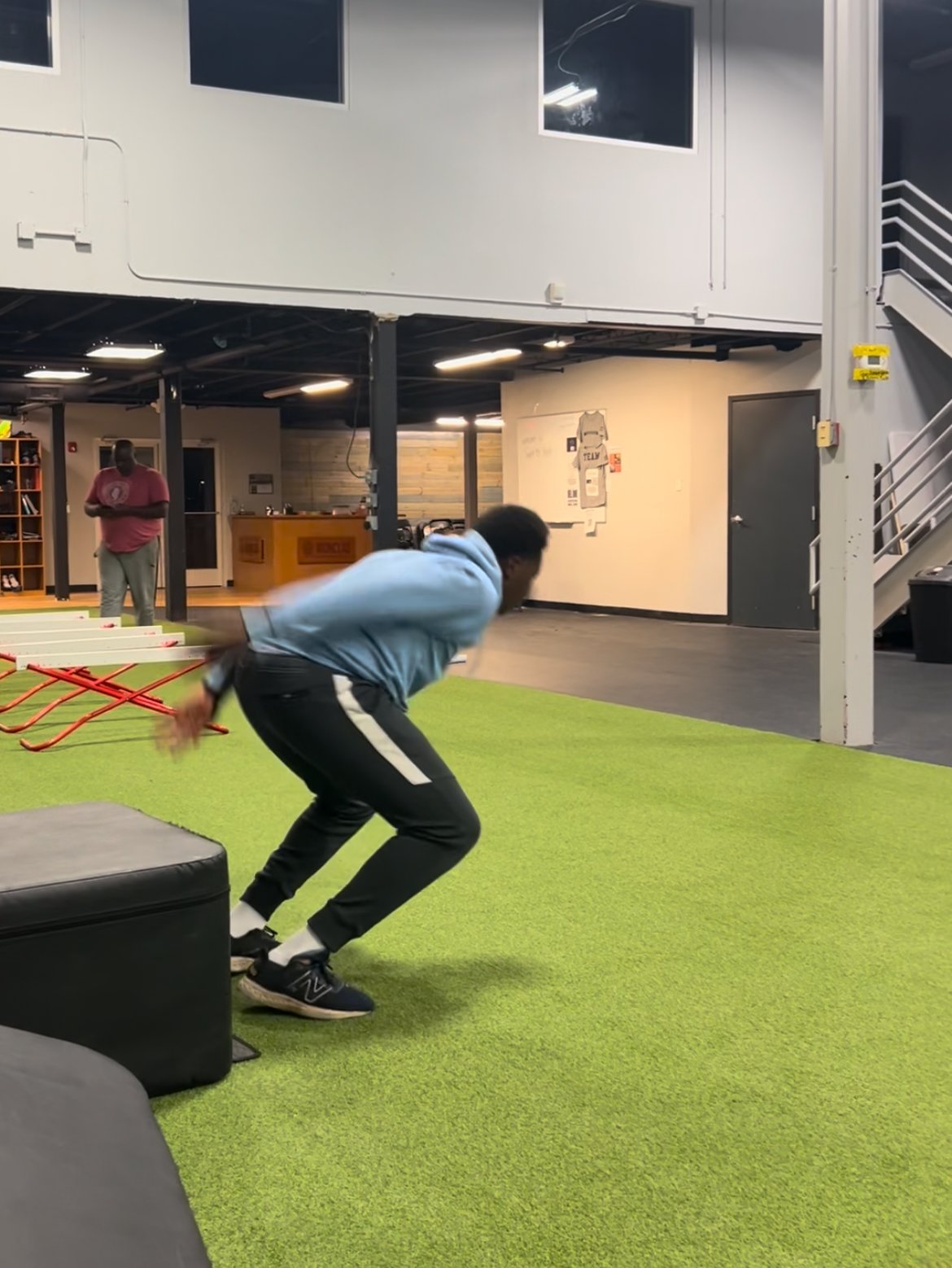
A Guide to Tracking Progress in Training
Improvement is multi-dimensional, and there are countless ways to track progress beyond the sheer weight on the bar. Here’s how to take a broader view of your progress.
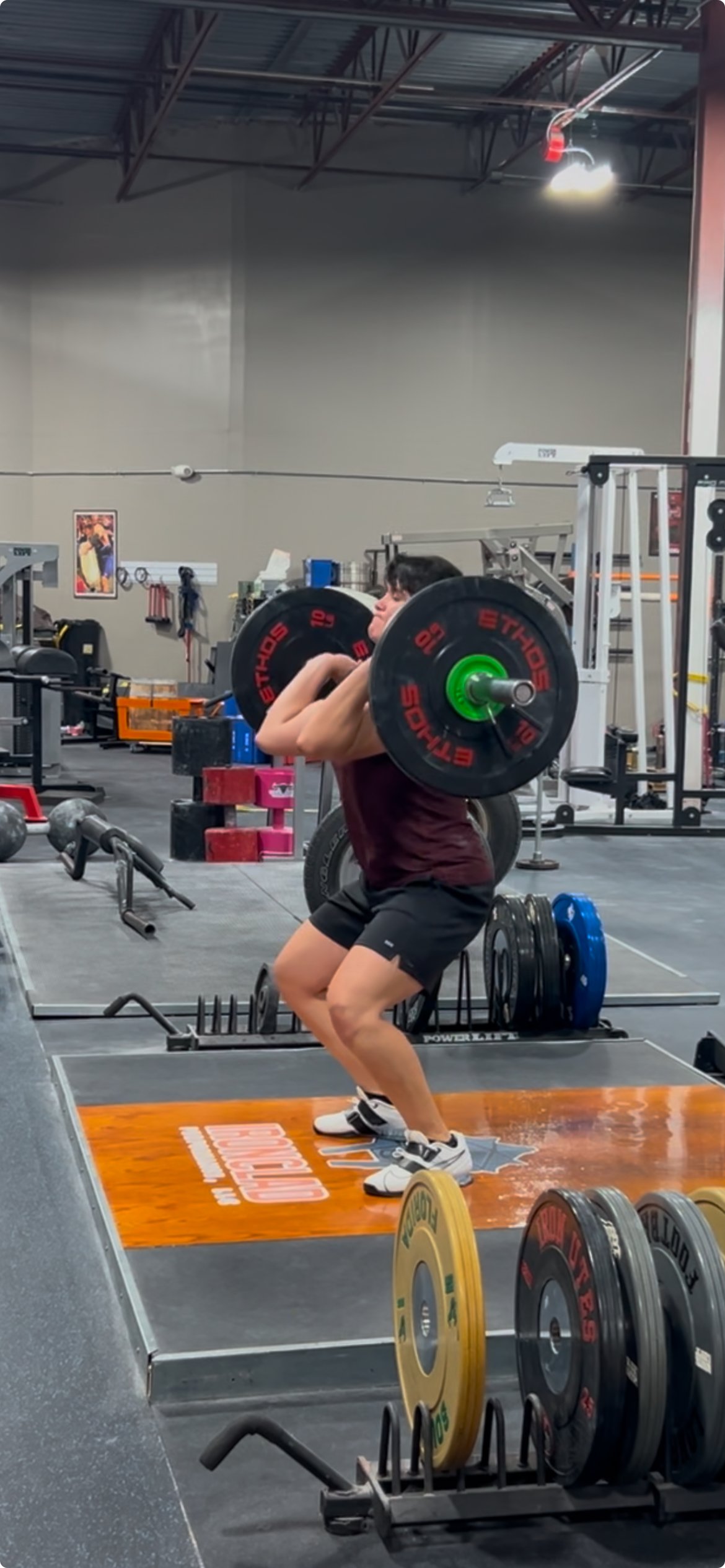
How long ‘til I’m strong?
Getting strong takes many years. Keep showing up and enjoy the process!

How Often Should I Train?
When it comes to improving your olympic lifts or athletic performance, consistency beats intensity over the long haul. Smashing yourself into the ground once a week and expecting results ins't the move. Training frequency (how often you hit specific lifts or movement patterns) is the secret sauce that builds results sustainably.

Low Hanging Fruit To Improve Your Training
There’s lots of information out there about how to boost your lifts. This accessory exercise, that squat program, this complex, that recovery method. This post is part 1 of 2 that outlines some things you can do immediately in your next training session to improve your lifts in training without changing much about the way your training is structured.


How To Train Your “Abz”
Since the readership of this newsletter is more concerned with weightlifting and sports performance rather than posing on a beach with no shirt on in a pair of tastefully ripped blue jeans, let’s talk about how to train your trunk for optimal athleticism.

Guidance For Parents
If you are reading this, you have already made a GREAT decision for your child; supporting their interest in strength training. It is one of the best things kids can do for their sports career, physical health and psychological well being. In order to best support your child in their training, here are some practical tips:
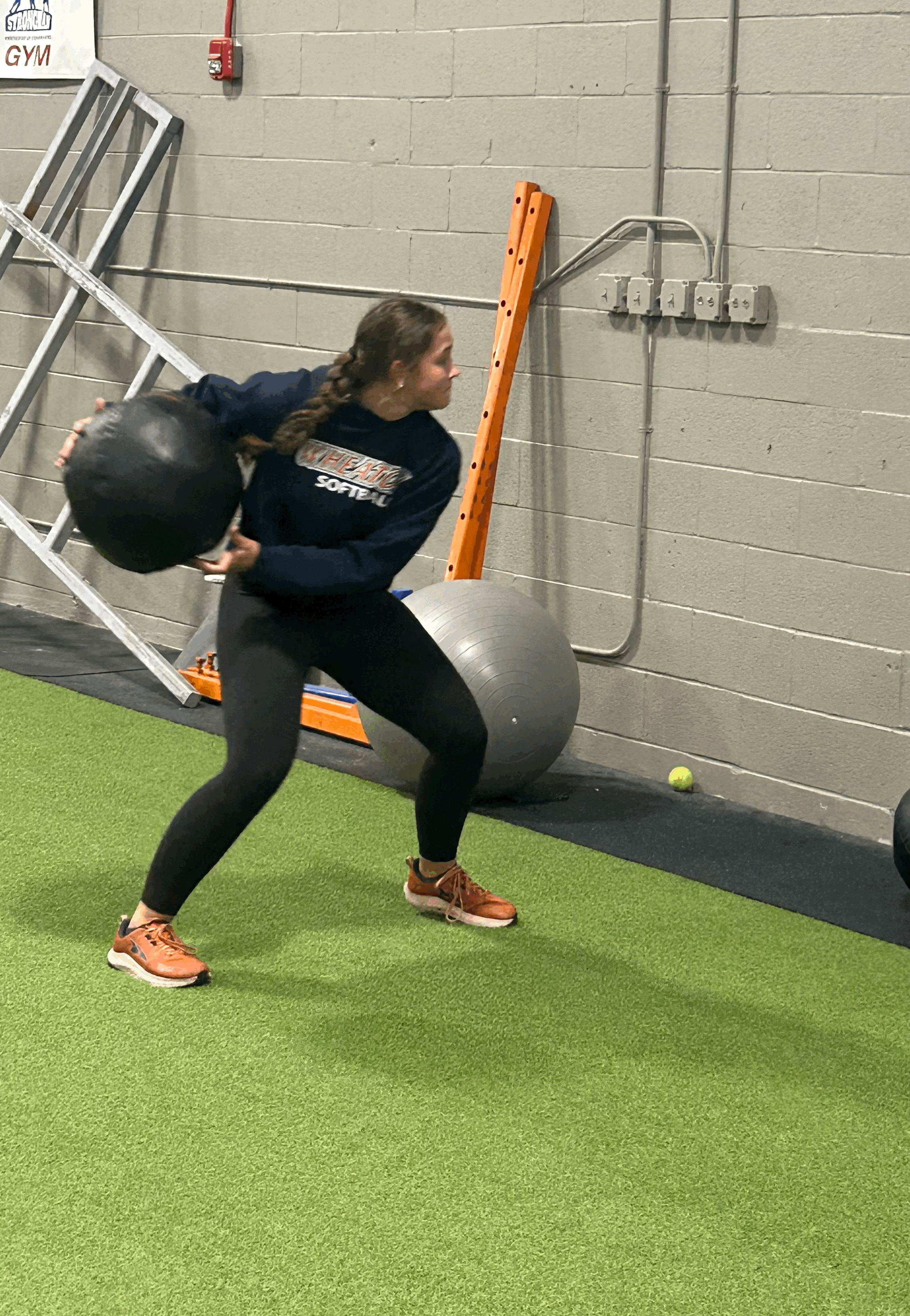
Your Training Environment Is More Important Than Your Training Program
We’re not asking you to hug folks or be a cheerleader. We’re not asking you to mop the floors. We are asking you to contribute to a positive training environment because it is so critical to the success of every athlete in our gym.
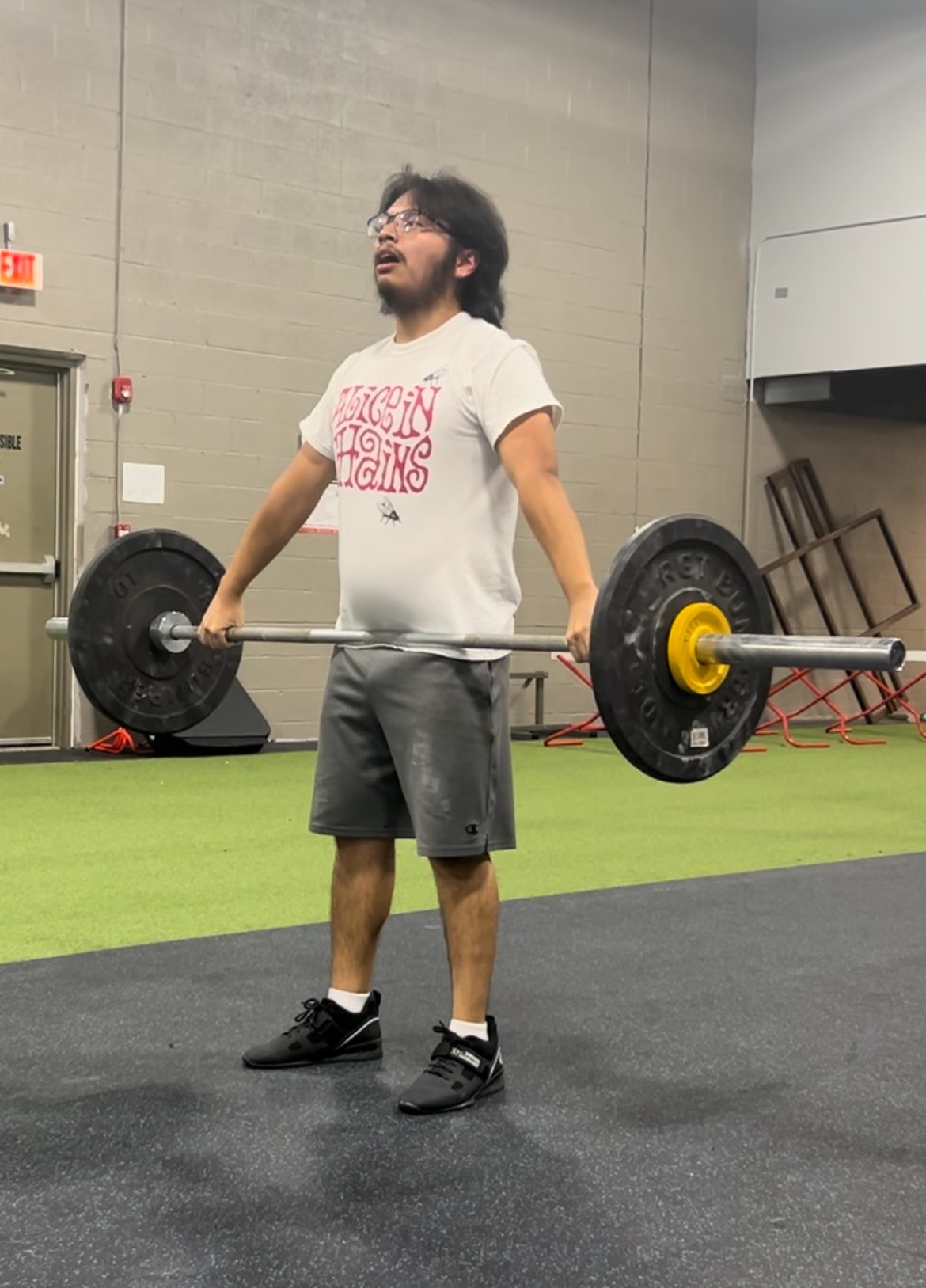
Why You Shouldn’t Be Afraid of Olympic Weightlifting
Learning the olympic lifts should be done incrementally at a pace that is right for the athlete, not simply according to the timeline that the coach wants or that their teaching progression dictates. Additionally, I think it is crucial that coaches take care to desensitize the athlete to the humbling experience of being a beginner. In other words, make it abundantly clear that EVERYONE starts out feeling silly trying to learn the lifts and that it is utterly normal.

The Club Sports Dilemma
I have been a part of dozens of conversations throughout my career with club coaches who give some version of this feedback to one of their players: “You need to spend more time in the weight room”. At the same time, they are getting on the kid for not showing up to the 4th and 5th practice or skill development session of that week.

Speed and Agility Training
The primary way we go about improving speed and agility for sport athletes is by improving the function of the joints/muscles that facilitate sprinting and cutting. When I say improve function I mean getting them more mobile, stronger, and faster to act when we need them to.

What’s Actually Important
Culture has always been the most important thing to me and frankly today’s newsletter serves as a reminder to me to get back to it. In addition to my strength and conditioning/weightlifting background, much of my career has been spent on developing championship TEAMS as a national caliber college lacrosse head coach. Any questions that I was grappling with professionally would always involve the words “we”, “us”, “our”, “together”. Deep in my soul, I believe that being a part of a TEAM is one of the most gratifying things we can do as a human species.

Go For A Walk
I am a big believer in walking. Walking is just one of those things that works so well and is so simple that we just don’t do it. Yes, even you big, bad, hard charging varsity athlete or muscular olympic weightlifter. You should be going for walks. Here are some reasons why.

The Pre-Puberty Program
Strength and conditioning for kids younger than the threshold of puberty is a great idea. When done sensibly, an S&C program will allow a young athlete to utilize their body in a way that is not typically expressed during the other sports they’re playing throughout the year.

You Should Be Training Year Round
At STS our stance is that preparedness for games and practices should be the priority. I also believe that an athlete cannot be optimally prepared if he/she does not allocate time towards strength and conditioning.

The Best Athletic Exercise
While this question has been asked and debated as long as strength and conditioning has existed as a field, many have argued that the olympic lifts (Snatch and Clean & Jerk) and their variations are second to none in terms of developing overall athleticism in the gym setting.

Sport Specific Training
To us at Sweep the Sheds, sport specific training means that we are training the athletic qualities required by a particular sport.

The Short Cut Is The Long Route
The famous American strength and conditioning coach, Dan John, once said “The short cut is the long route”. My interpretation of this quote is that you will actually achieve your goals fastest by playing the long game and stacking up little wins over the long haul rather than trying to bite off big chunks of your journey too quickly.

Did Your Workout Suck Today?
Did your work out suck today? Everything felt heavy? Totally out of breath during warm ups? Felt like you forgot how to run? Got super tired? I’m here to tell you that it’s pretty normal to have days like this when you are a hard training athlete.
